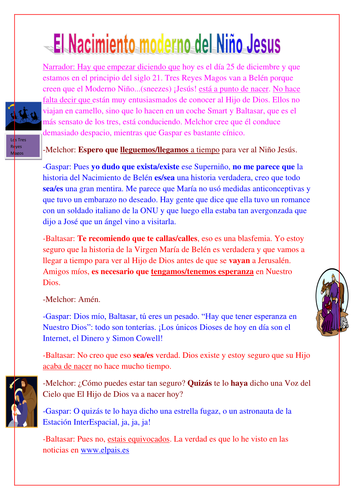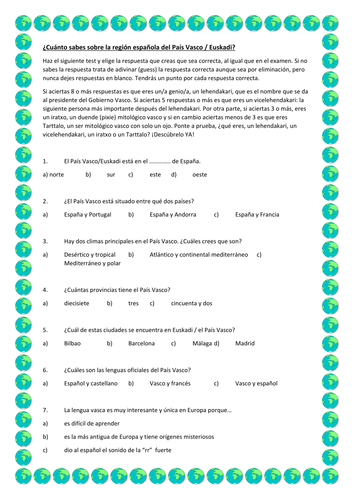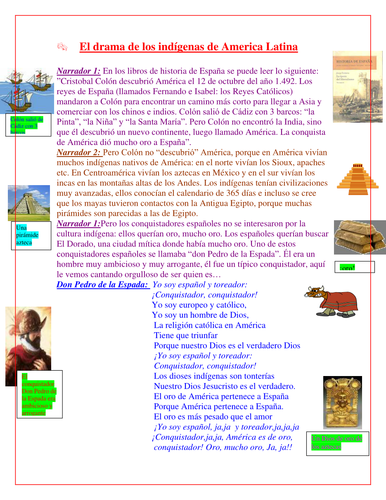Jermina's Shop
MFL teacher (Spanish, French, German and English as FL), examiner (for GCSE AQA and Edexcel) and author of successful study guides for ZigZag Education, such as the Getting to Know: El laberinto del fauno study guide or the one on Ocho Apellidos Vascos. https://zigzageducation.co.uk/synopses/7800-getting-to-know-el-laberinto-del-fauno?pod=7800 https://zigzageducation.co.uk/synopses/7454-getting-to-know-ocho-apellidos-vascos?pod=7454




















